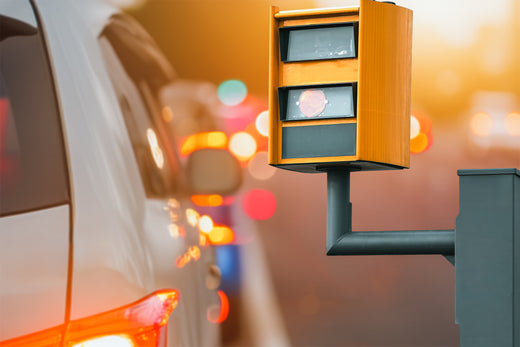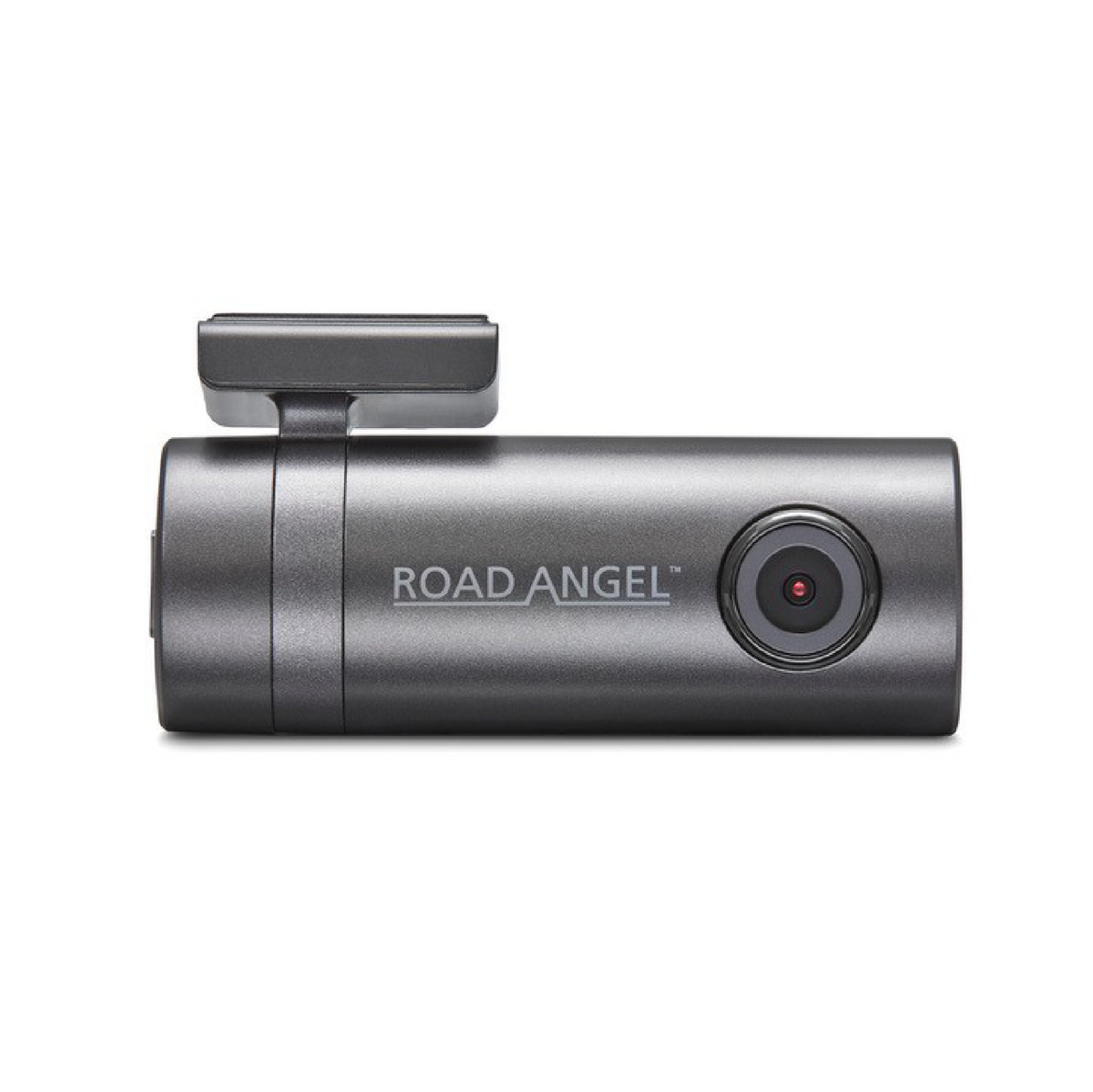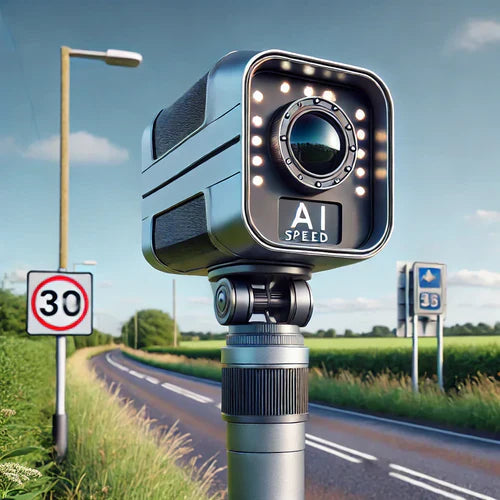The advent of AI-powered speed cameras marks a groundbreaking shift in how road safety is enforced. These cutting-edge devices are revolutionizing traffic monitoring, offering capabilities far beyond traditional speed cameras. Equipped with high-resolution lenses and intelligent software, these advanced systems are designed to detect a wide range of driving offenses, including:
- Drivers using mobile phones behind the wheel.
- Failure to wear seatbelts.
- Tailgating or aggressive driving.
In regions like Cornwall and Devon, these next-generation cameras have already been deployed, issuing hundreds of fines within just the first few weeks of operation. Local authorities emphasize that the primary goal of these cameras is to enhance road safety, particularly by targeting distracted driving—a leading factor in one out of every five road accidents.

The Growing Need for AI-Powered Enforcement
The statistics speak for themselves. In the UK alone, over 17,000 accidents in 2023 were linked to distracted driving, with mobile phone use being a major contributor. The consequences of these accidents are devastating, resulting in injuries, fatalities, and significant economic costs.
How AI-Powered Cameras Work
Unlike traditional speed cameras, which focus solely on capturing speeding vehicles, AI-powered cameras use advanced technology to monitor a broader range of driving behaviours. The high-resolution lenses can capture clear images of drivers, even in low-light conditions, while the intelligent software analyzes these images in real-time.
For example, the system can detect whether a driver is holding a mobile phone or if passengers are not wearing seatbelts. Additionally, the cameras can identify patterns of aggressive driving, such as tailgating or sudden lane changes, which are often precursors to accidents.
Early Success in Cornwall and Devon
The rollout of these cameras in Cornwall and Devon has already shown promising results. In the first few weeks of operation, hundreds of fines were issued for offenses such as mobile phone use and seatbelt violations. Local authorities have praised the system for its accuracy and efficiency, noting that it has significantly reduced the workload for traffic enforcement officers. By automating the detection process, these cameras allow authorities to focus on other critical aspects of road safety, such as education and infrastructure improvements.
Balancing Safety and Privacy Concerns
While road safety advocates have applauded the initiative for its potential to save lives, critics have raised concerns about privacy and over-surveillance. Some argue that these cameras could create a culture of constant monitoring, where even minor infractions are penalized. Privacy advocates worry that the widespread use of AI-powered cameras could lead to the collection of excessive personal data, raising questions about how this information is stored and used.
The debate over the balance between safety and privacy continues, with both sides presenting valid arguments. Proponents of the technology argue that the benefits of reducing accidents and saving lives outweigh the potential privacy concerns. They also point out that the cameras are designed to focus on specific offenses rather than indiscriminately monitoring all drivers. On the other hand, critics call for stricter regulations to ensure that the technology is used responsibly and transparently.
The Broader Impact on Road Safety
The introduction of AI-powered speed cameras is part of a broader effort to improve road safety across the UK. In recent years, there has been a growing recognition of the need to address distracted driving, which has become a significant problem due to the widespread use of smartphones. By targeting this behaviour, authorities hope to reduce the number of accidents and create safer roads for everyone.
In addition to enforcing traffic laws, these cameras also serve as a valuable tool for collecting data on driving patterns. This information can be used to identify high-risk areas and develop targeted interventions, such as improved signage, road design changes, or public awareness campaigns. Over time, this data-driven approach could lead to a significant reduction in accidents and fatalities.
What Drivers Need to Know
For motorists, the message is clear: stay vigilant and adhere to traffic laws. The penalties for offenses such as mobile phone use or failing to wear a seatbelt are strict, with fines of up to £200 and six penalty points on your license. Repeat offenders could face even harsher consequences, including higher fines and potential disqualification from driving.
To avoid penalties, drivers should:
- Avoid using mobile phones while driving, even for a few seconds.
- Always wear seatbelts and ensure all passengers do the same.
- Maintain a safe distance from other vehicles to prevent tailgating.
- Drive responsibly and avoid aggressive behaviours such as sudden lane changes or excessive speeding.
The Future of Road Enforcement
As the UK embraces this new era of AI-driven road enforcement, the focus remains on improving safety while addressing concerns about privacy. The success of these cameras in Cornwall and Devon could pave the way for their widespread adoption across the country. However, it is essential to strike a balance between leveraging technology for public safety and protecting individual rights.
Looking ahead, advancements in AI and machine learning could further enhance the capabilities of these cameras. For example, future systems might be able to detect additional offenses, such as driving under the influence or failing to stop at pedestrian crossings. As the technology evolves, so too will the strategies for ensuring road safety.















